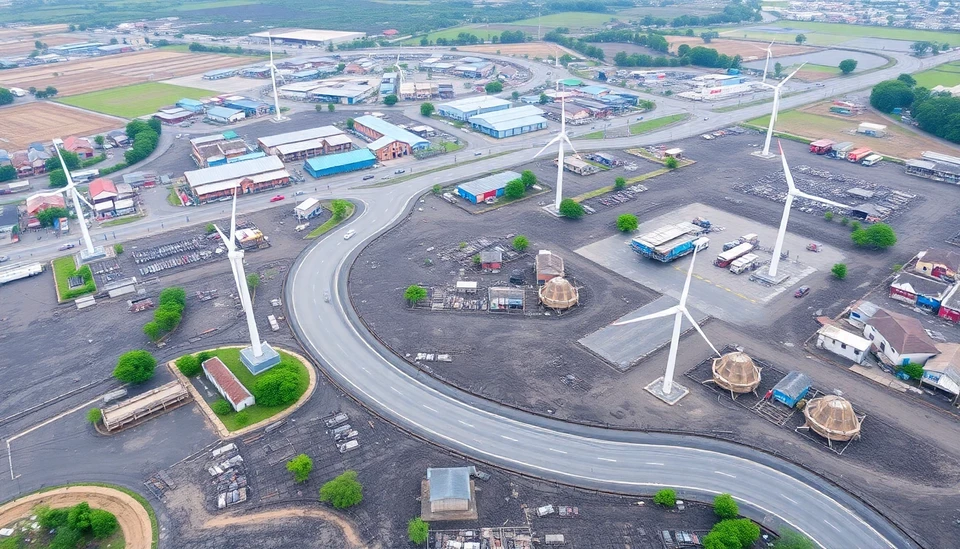
The solar energy sector is experiencing a significant transformation, driven largely by advancements in robotic technology. With the global push towards renewable energy sources gaining momentum, robots are playing a pivotal role in the development, maintenance, and efficiency of solar farms. This newfound reliance on automation is not only optimizing energy output but also reducing operational costs in an industry where efficiency is paramount.
As the demand for solar energy continues to escalate, the quest for innovative solutions to manage extensive solar infrastructures has led to the increasing deployment of robots. These machines are designed for a range of tasks, from installation to cleaning and maintenance. Their ability to work around the clock and perform repetitive tasks with precision has proven to be invaluable in enhancing the overall productivity of solar farms.
A notable example of this robotic integration can be seen in the newly constructed solar facilities across various regions. These facilities are outfitted with robotic panels that track the sun’s movement throughout the day, ensuring optimal energy absorption. This technology enhances energy capture by up to 20%, a significant improvement that can contribute to a major increase in power generation.
In addition to installation and energy tracking, robots are now being utilized for ongoing maintenance activities, such as cleaning solar panels. Dust and debris can significantly inhibit the efficiency of solar panels, and robots equipped with specialized cleaning functions can systematically maintain cleanliness, ensuring that the panels operate at their maximum potential without the need for manual labor.
The economic benefits of this robotic revolution cannot be overstated. By automating various processes, companies are witnessing a decrease in labor costs and an increase in safety standards. Robots can operate in hazardous conditions that may be unsafe for human workers, such as extreme weather or high-altitude installations. This not only protects human life but also ensures that projects can proceed unhindered by workforce limitations due to safety concerns.
Moreover, the rise of the robotic workforce is paving the way for new job opportunities in technology, maintenance, and management within the renewable energy sector. As companies shift their focus towards integrating robotics, the demand for skilled workers to design, program, and maintain these robotic systems is on the rise. This transition is expected to create a new niche in the labor market, blending renewable energy expertise with cutting-edge technology.
Investors are beginning to take notice of these innovations in solar technology, with funding pouring into companies that specialize in robotic solar solutions. The allure of increased efficiency and reduced costs has made these firms attractive prospects for investors seeking to capitalize on the burgeoning renewable energy market. The solar industry stands at the cusp of a new era where human labor and robotic capabilities work hand in hand to create sustainable energy solutions.
In conclusion, the integration of robotic technologies in solar farm development is not just a trend; it is the foundation for the future of renewable energy. As we embrace these advancements, the potential for solar energy to meet global energy demands while reducing our carbon footprint becomes increasingly attainable. The journey of solar energy, fueled by robotics, symbolizes a significant leap towards a sustainable and automated future.
#SolarEnergy #Robotics #RenewableEnergy #TechInnovation #GreenTech #Sustainability #EnergyEfficiency #SolarFarms
Author: Sophie Bennett




